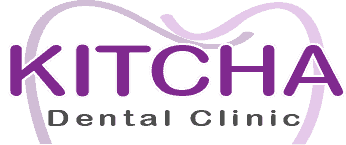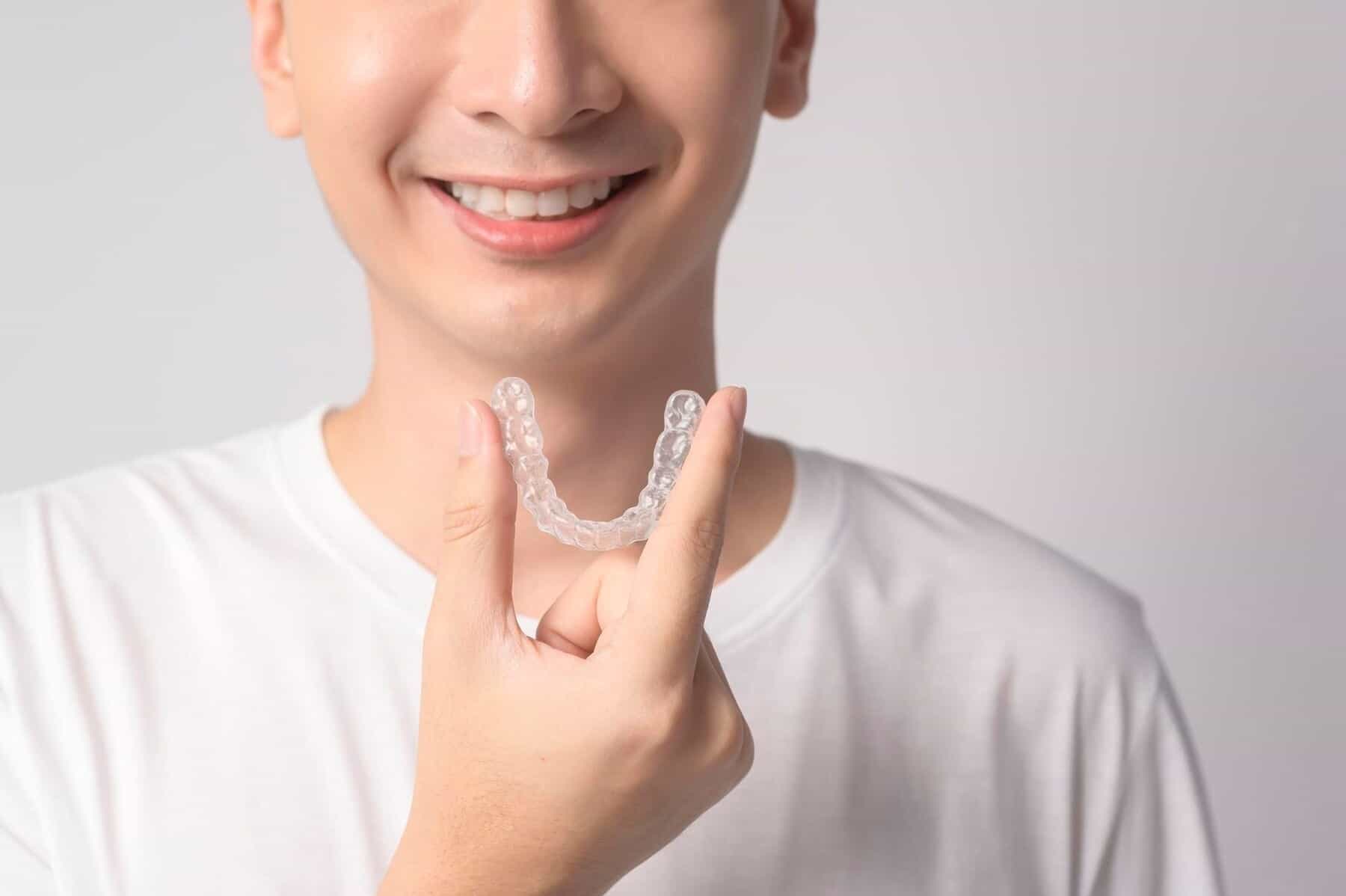Introduction:
Imagine a force 3 to 10 times greater than what’s required to crack a walnut. Now picture that force hammering inside your mouth. You’ve just imagined bruxism, more commonly known as grinding of the teeth. In this article, we will delve into what bruxism is, who’s at risk, its signs, and effective treatments to help you understand and manage this condition.
Understanding Bruxism:
This clash of teeth against teeth was called “brukhé,” or gnashing, by the ancient Greeks. Nowadays, experts tend to agree that bruxism is more nuanced and varied than that: Characterized by some as a “behavior” and by others as a “disorder” in otherwise healthy individuals, bruxism is repetitive jaw muscle activity that involves grinding, clenching, bracing, or thrusting.
Wakeful clenching, known as daytime or awake bruxism, and sleep grinding, known as sleep or nighttime bruxism, are related but distinct conditions with both unique and shared treatment protocols. Some people engage in a combination of the two.
Expert Insight:
“Grinding of the teeth is officially bruxism, while clenching, which is related, is a different parafunctional jaw habit,” says James M. Uyanik, DDS, a clinical assistant professor at New York University College of Dentistry.
Who’s at Risk for Teeth Grinding?
Almost half of all children go through a period of nighttime grinding, while up to one-third of the general U.S. population experiences bruxism at some point in their lives, according to the Academy of General Dentistry.
If Google searches are any indication, research shows bruxism has risen since the COVID-19 pandemic began — not surprising, given bruxism’s link to stress. Still, oral health professionals say bruxism is dramatically underreported — “especially these days.”
Expert Insight:
“Eighty percent of the time, when I tell someone that they’re grinding, they’re hearing it for the first time,” says Lokesh Rao, DDS.
Identifying Risk Factors:
The stressed: Someone undergoing major changes or facing stressful events is at particular risk.
Problem sleepers: Misaligned bite and sleep-related breathing problems can contribute to nighttime bruxism.
Caffeine or alcohol users and abusers: Excessive consumption can increase the tendency to grind.
Genetically predisposed: Genetic factors and traits like anxiety may play a role.
Antidepressant users: Some antidepressants may have bruxism as a rare side effect.
Diagnosed with certain conditions: Conditions like Parkinson’s disease, dementia, GERD, epilepsy, and others can increase the risk.
Signs of Bruxism:
When people come to dentists complaining of headaches, sleep disruption, or pain, dentists search for some characteristic “tells” to confirm bruxism. These include:
Damaged teeth or dental work
Noise
Sensitivity
Muscle, jaw, and neck pain
Headaches
Sleep disruption
Vertigo and earache
Treatments for Daytime Clenching:
Many daytime bruxers clench their teeth during times of intense emotion, anxiety, and concentration.
Effective strategies include:
Catching yourself bruxing
Implementing replacement activitiesExpert Insight:Practice pronouncing the letter “N.” This automatically separates your bottom and top teeth and puts your mouth in a kind of psychological rest position, creating a new habit.
Treatments for Nighttime Grinding:
For nighttime bruxers, targeting and replacing the habit without disturbing sleep is tough. Passive approaches include:
Sleep hygiene
Stress relief
Occlusal devices (mouthguards or nightguards)
Medication reevaluation
Transcutaneous electrical nerve stimulation (TENS)
Physical therapy
Medication (in extreme cases)
The Bruxism-TMD Connection:When bruxism wreaks serious havoc or leads to significant pain, the diagnosis may include temporomandibular joint disorder (TMD). This involves a dysfunction of the temporomandibular joint (TMJ).
Expert Insight:
People with TMD may experience a clicking, popping, or locking of the temporomandibular jaw joint, or may be unable to fully open their mouths. Treatment may involve orofacial pain specialists or prosthodontists, working with a team of specialists.
Conclusion:
While there isn’t a single cause or reliable treatment for bruxism, understanding the condition and identifying risk factors can help. Effective management options range from behavioral changes to dental appliances and medical interventions. Don’t ignore the signs of bruxism, as addressing it can prevent further dental and health issues. If you suspect bruxism, consult with a dental professional for a personalized assessment and treatment plan.
Credit: https://www.everydayhealth.com/
SnoreLab
BruxApp
Do I Snore or Grind?
BiteStrip

